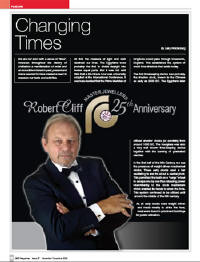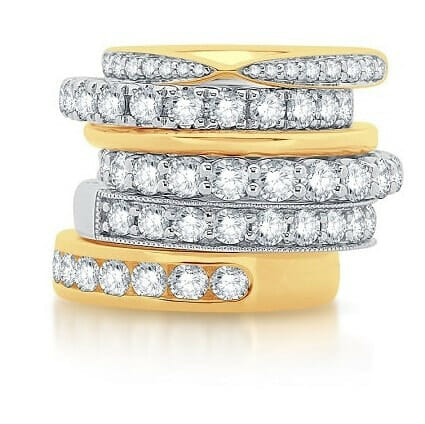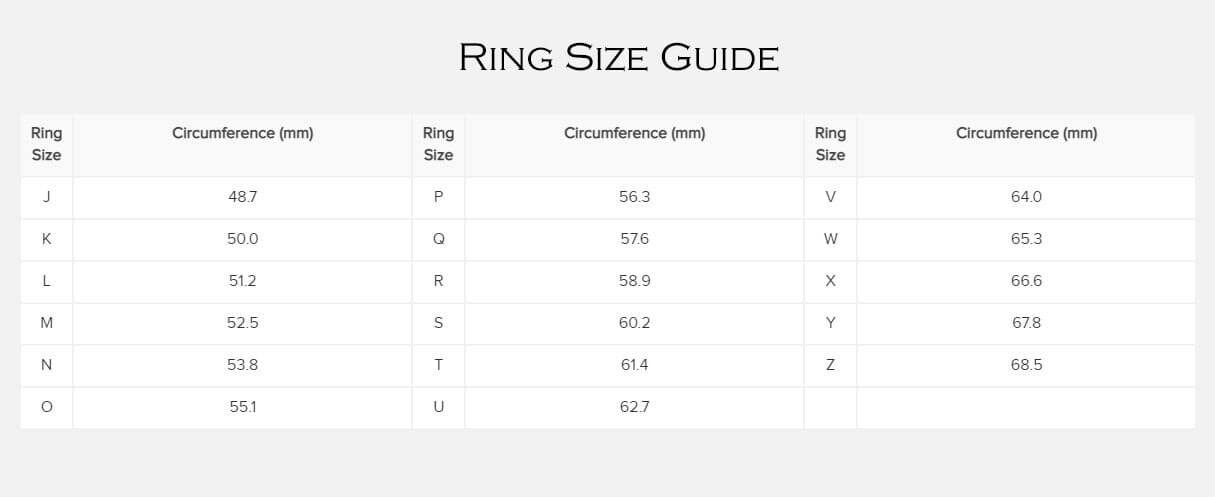We are not born with a sense of “time”. However, throughout the history of civilization a manifestation of order and an incredible interest in past, present and future seemed to have created a need to measure our tasks and activities
At first the measure of light and dark destined our lives. The Egyptians were probably the first to divide daylight into twelve equal parts. But it was not until l884 that a 60-minute hour was universally adopted at the International Conference. It was here decided that the Prime Meridian of longitude would pass through Greenwich, England. This established the system of world time divisions that exists today
The first timekeeping device was probably the shadow clock, known to the Chinese as early as 2500 BC. The Egyptians later utilized shadow clocks (or sundials) from around 1000 BC. The hourglass was also a very well known time-keeping device together with the burning of graduated candles.
In the first half of the l4th Century, we see the presence of weight-driven mechanical clocks. These early clocks used a bar oscillating to and fro about a central pivot. This permitted the teeth on a “verge” wheel to escape one by one thus releasing power intermittently to the clock mechanism which enabled its hands to show the time. This system continued to be utilized until around the middle of the l8th century.
As all early clocks were weight driven and made mostly to strike the hour, most were found in prominent buildings for public utilisation.
In about 1500 Coiled springs were a real breakthrough and paved the way for small portable timepieces of all kinds. We saw the emergence of these in Italy around 1500, but the German, Peter Henlein, is credited with the idea of producing a watch that was specifically intended to be worn on the chest or carried in a purse.
Over time these time pieces became smaller and smaller, but with little improvement in performance. Huygens, in 1657 created the first pendulum clock, and shortly after, in about 1660, the English physicist Robert Hooke perfected and used flat-coiled balance springs in watches.
This is when the art and skill of watch and clock making parted and became separate trades all together. This enabled errors to be reduced to minutes rather than the hours per day. Thomas Tompion, George Graham and Thomas Mudge all improved on each other’s ideas and this led to the picket watch era of the 1800s followed by the wristwatch era of the 20th century and beyond.
The first quartz crystal clock was developed by Warren Morrison at the Bell Telephone System of America laboratories in 1927. Its precision and stability led to its adoption as the primary time standard in the 1930s and 40s displacing pendulum clocks. Eventually, quartz clocks achieved an accuracy of less than 1/100th of a second per day. The invention of the transistor in 1947 would later see electronic circuits miniaturized to the point where an electron watch would be possible.
The first battery-powered wristwatch was produced by the Lip Watch Company of France in 1952. Hamilton Watch Company of the USA later claimed the world’s first commercially produced electric watch in 1957.
Then in November, 1959, the Bulova Watch Company announced the arrival of the world’s first electronic watch – the Acutron. It was a revolutionary concept because it used a tuning fork vibrating at 440 hertz in place of the traditional balance as well as transistor switching to supply power maintenance.
The first watch to use an electronic digital display was made by HMW Industries of the USA under the Pulsar brand. This used tiny light emitting diodes to form the display, a system later discarded because of its heavy current demand on batteries.
The first liquid crystal display was produced in Switzerland in 1972. This provided a constant indication of the time, instead of a button that had to be pressed to see the time.
Many, many improvements have since been made and great sophistication has become apparent in terms of functions, a longer battery life, etc. Of course, recently the commercialisation of the Ground Positioning Systems (GPS) radio control and the mobile telephone function have come into being, and it appears to me there is no end in sight!!!
Robert Cliff Master Jewellers
Shop 380A Castle Towers
Castle Hill, NSW 2154
p | 02 8850 5400
02 8850 7999
e | [email protected]
w | robertcliffmasterjewellers.com.au
More coming soon…












